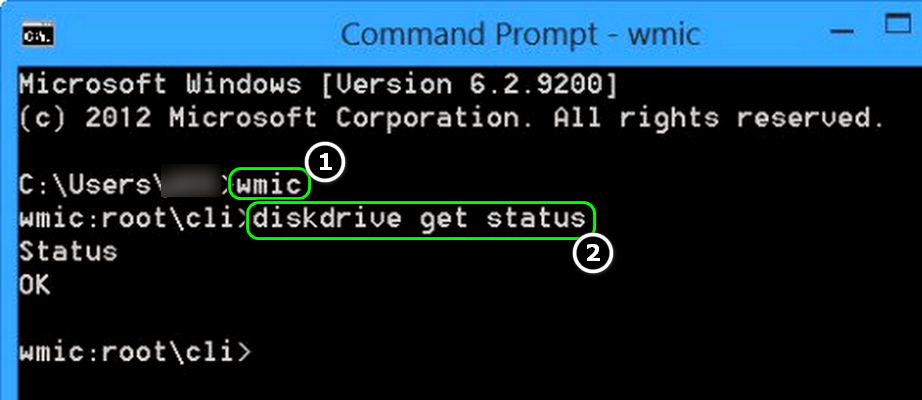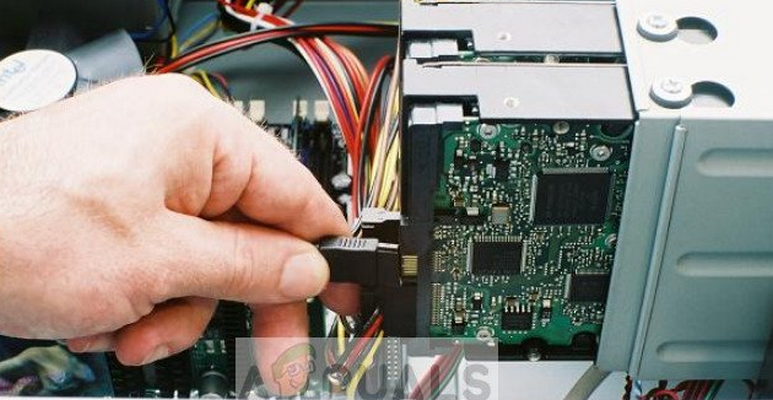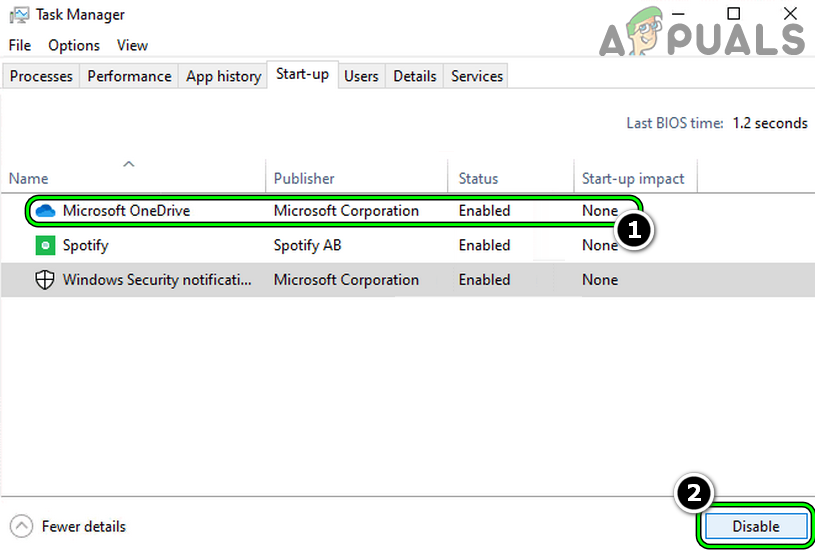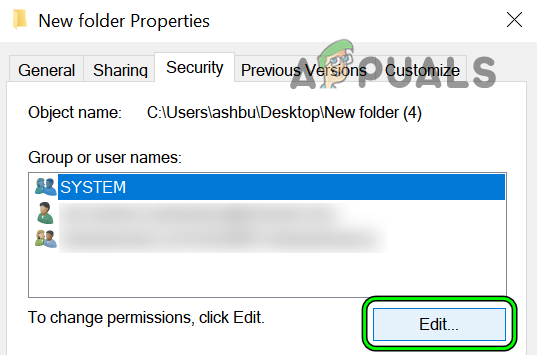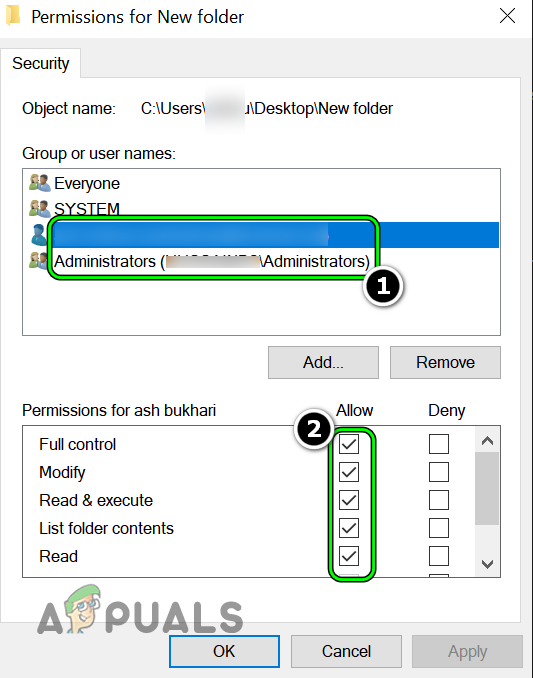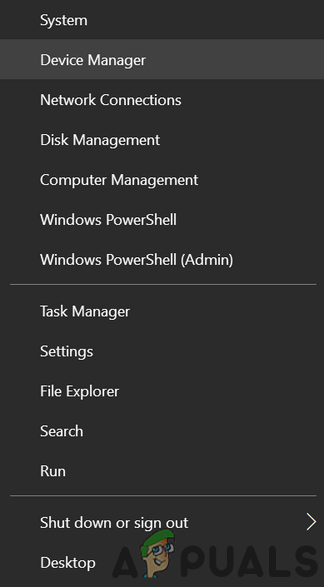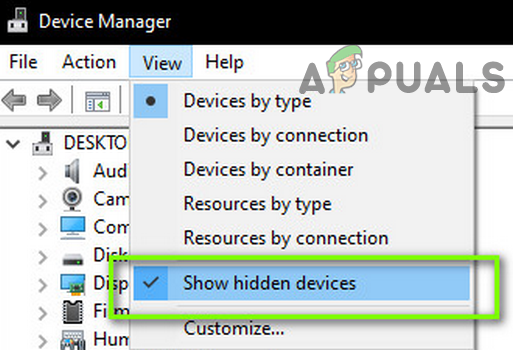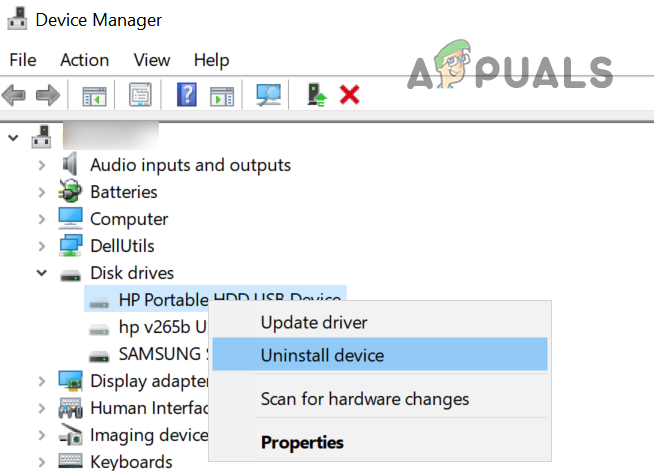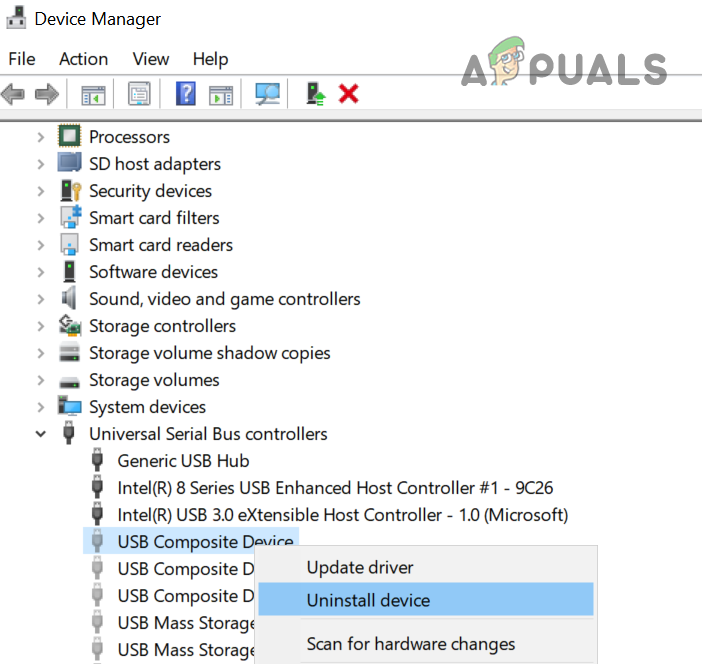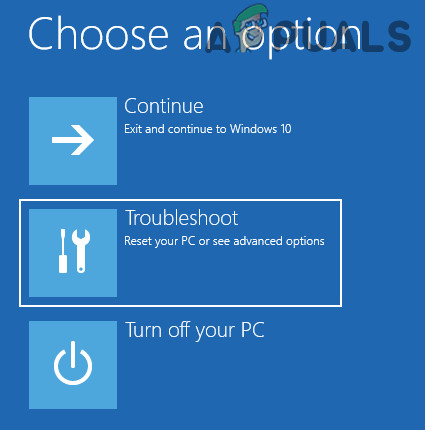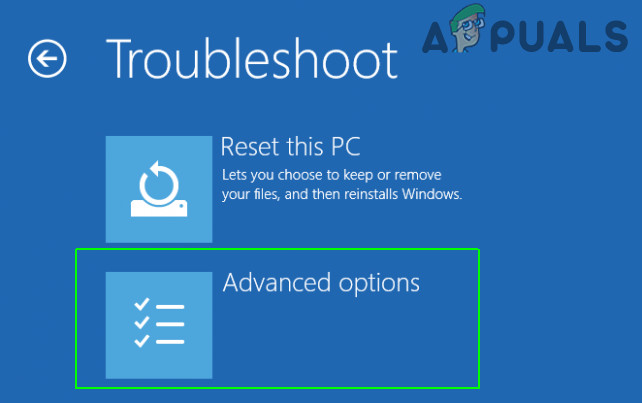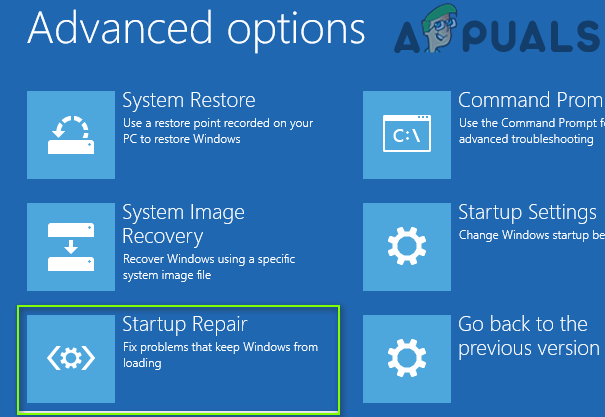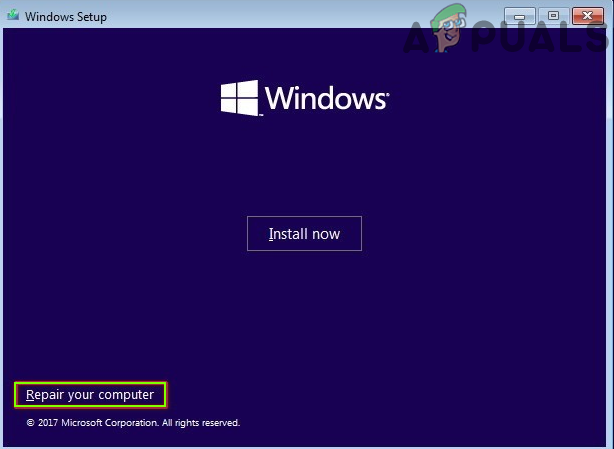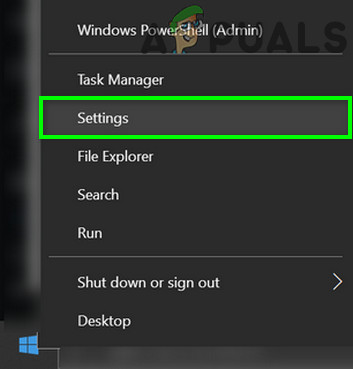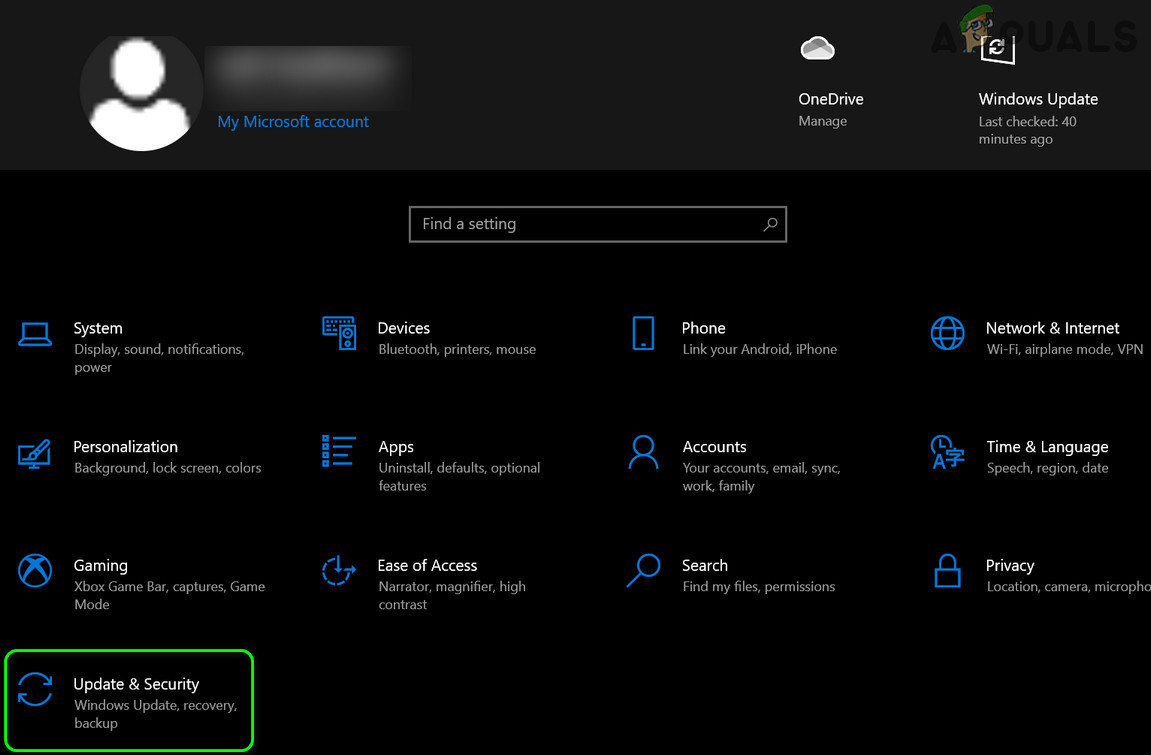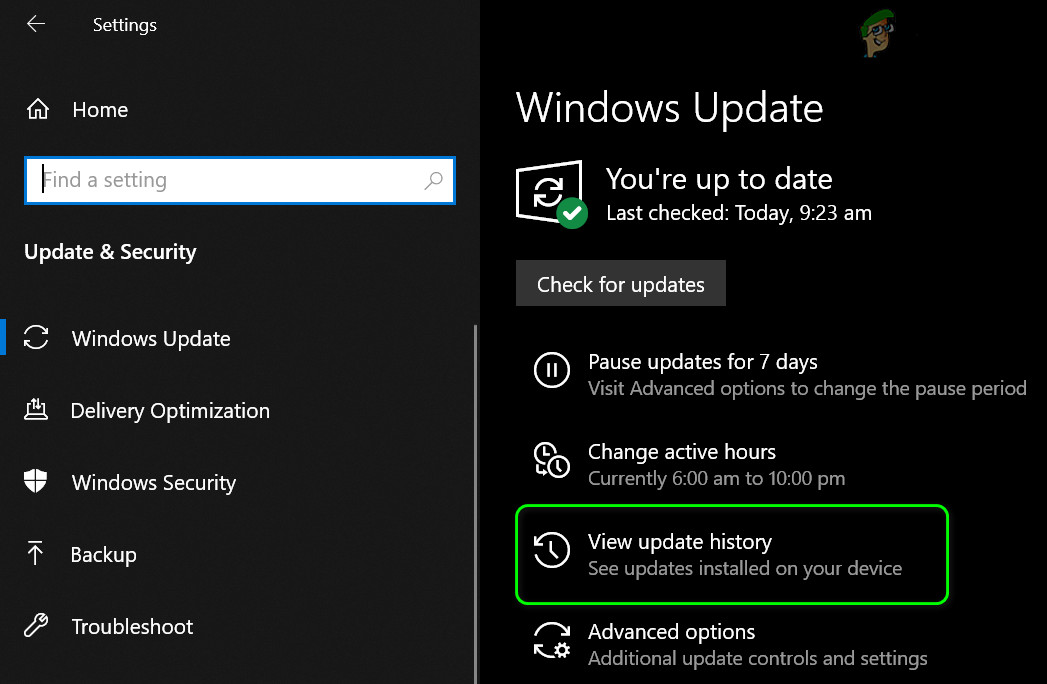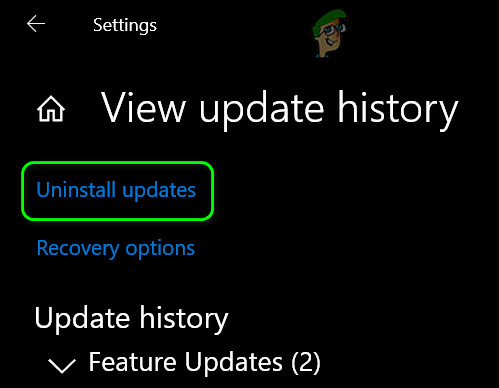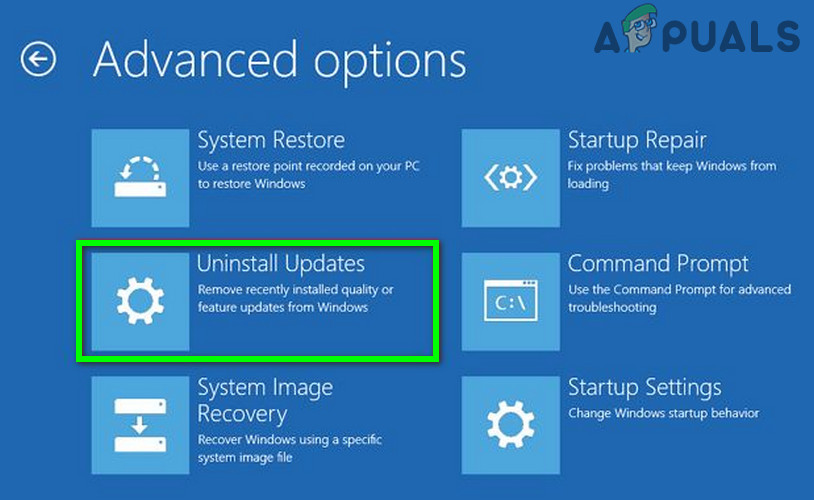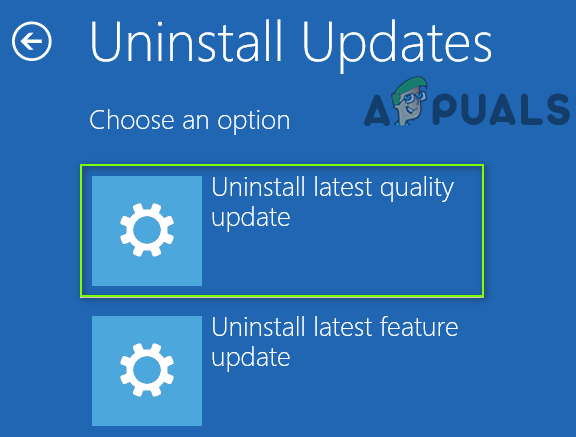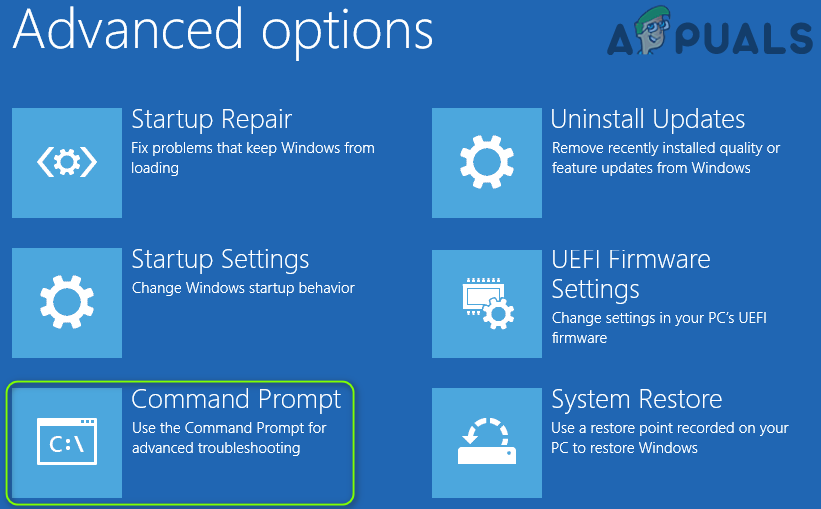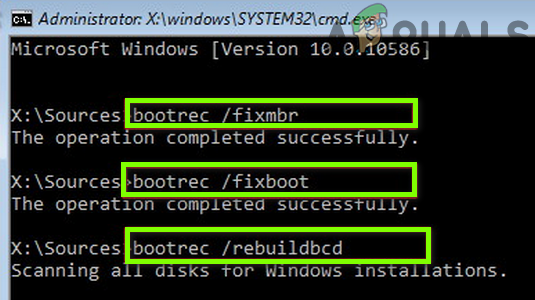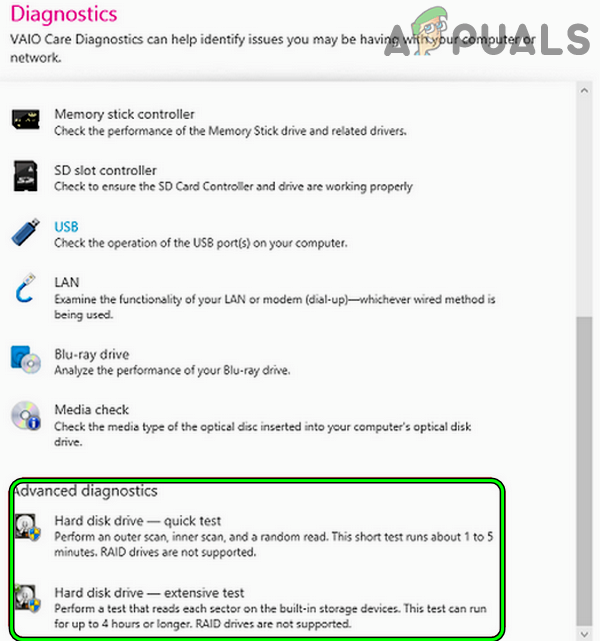Many factors can cause disk I/O Error but the following can be regarded as main:
Check the Drive’s Status
Before diving into the troubleshooting process, firstly, make sure to back up the drive’s data (if possible) to safeguard your data. Then, launch an elevated Command Prompt on the affected system (if not possible, try on another system but make sure to navigate to the drive) and execute the following (one by one): If the command prompt reports an error, then the drive is failing and you may need another drive. If the command reports OK, then the drive may be failing or maybe not? And the undermentioned solutions can be tried. But whatever the case may be, make sure to back up the drive’s contents (if possible).
Reseat the Drive’s Data Cable or Try Another Cable
If the drive’s data cable is damaged or is loose, then it can cause the I/O disk error. Here, reseating the drive’s cable or trying another cable may fix the disk I/O error.
Perform a Clean Boot of the System
If an application or service on the system is hindering a user’s access to a particular system directory or any of its files, then that can cause the disk I/O error to that directory. For example, if a cloud service like OneDrive is restricting a user’s access to its reserved directories, then copying/moving files to those directories can result in the I/O error. Here, performing a clean boot of the system may solve the problem.
Edit the Problematic Directory’s Permissions
If a user account does not have permissions to access a certain directory, then copying to that directory may result in the I/O error e.g., downloading to a folder where a user does not have permissions to do so can cause the issue. Here, editing the directory permissions may solve the problem. Keep in mind if the directory’s path is exceeding the Windows character limit (260), then that can also cause the issue at hand.
Reinstall the USB Drivers
If the I/O disk error is occurring on a drive that is connected through the USB to the system, then the corrupt USB drivers of the system may have been causing the issue. In this scenario, reinstalling the USB drivers may solve the problem.
Update the System’s BIOS to the Latest Build
If the system’s BIOS is outdated, then its incompatibility with the OS or disk drive’s firmware may cause the I/O error as the essential modules fail to access the disk drive or any of its clusters. Here, updating the system’s BIOS to the latest build may solve the problem. Warning: Advance with extreme caution and at your own risk as updating the system’s BIOS is a skillful task and if anything goes wrong (like a power failure) during the BIOS update, then you may brick your system and cause everlasting damage to your system/data.
Perform SFC, DISM, and ChkDsk Scans
You may encounter the I/O error on a system if the essential system files are corrupt or if the disk drive has logical system errors. In this scenario, performing an SFC, DISM, or ChkDsk scan may solve the problem. Keep in mind if you fail to perform these scans through the normal mode of Windows, then you may try the same through the safe mode of the system or use installation media.
Edit the Boot Order in the System’s BIOS
If the system’s Boot Order in the BIOS is changed and set to boot from a device that is not present, then that can cause the I/O issue at hand. This can happen because the user changed the system’s RAM or switched the graphics card but during the process, the weak CMOS battery could not save the previous boot configuration. In such a case, editing the Boot order in the system’s BIOs may solve the problem.
Perform An Automatic Startup Repair
If the I/O disk error is occurring when the system boots, then the corrupt system startup could be causing the issue, and performing a startup repair may solve the problem.
From Windows Recovery Environment
From an Installation Media
If a user cannot boot his system, then using the installation media to repair the computer startup may solve the problem.
Remove the Conflicting Windows Update
If the I/O error started to occur after a Windows update, then the incompatibility of the latest Windows update with the drive’s firmware/driver can cause the issue at hand. In this context, removing the conflicting Windows update may solve the disk’s I/O error.
From the Settings Menu of Windows
Uninstall the Update Through the Windows Recovery Environment
Rebuild the Boot Configuration Data (BCD)
The system may show the I/O disk error when booting if its BCD (Boot Configuration Data) is corrupt and rebuilding the same may solve the problem.
Try Different HDD Tools
There are many tools (OEM and 3rd party) that can fix many common issues with a hard disk and if the issue persists even after trying the above, then trying any of these tools may solve the problem. Keep in mind you may need another system (or bootable hard disk) to try these tools on the problematic drive. If the issue is still there, check if the drive is working fine in another system. If so, then again check the drive’s cable or get the system board/BIOS checked for an error. If the drive is using a case, then most probably the disk’s case has malfunctioned and the drive may be safe. In that case, just replacing the case may solve the problem.
Fix Windows Update Error 0XC19001E2 in Windows 10 (Fix)How to Block Windows Store in Windows 10 and Windows Server 2019Fix: Error 0x80073CF9 in Windows Store on Windows 10 MobileFIX: Error 0x80246002 and BSOD during Windows Update in Windows 10

